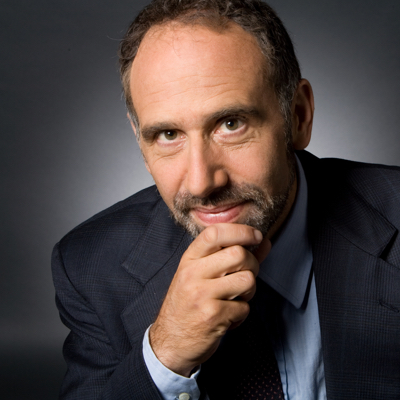June 14, 2004
June 14, 2004 (Social Security Byte)
Social Security Byte
CBO Finds Social Security Solvent for Fifty Years
June 14, 2004
By Dean Baker
The Congressional Budget Office’s (CBO) analysis of Social Security shows the program to be considerably stronger than has been indicated in recent reports by the Social Security trustees. The new analysis finds the program will be able to pay full scheduled benefits until 2053 – nearly fifty years into the future – with no changes whatsoever. This means Social Security is far sounder today than it has been through most of its existence. In the past, shortfalls in every decade from the forties to the eighties required frequent tax increases, with the last series of increases ending in 1990.
The new assessment is substantially more optimistic than the Social Security trustees report issued in March. This report projected the program would only be able to pay full benefits until 2042. The size of the shortfall over the seventy-five year planning horizon is also considerably lower in the CBO report. While the trustees report had projected the shortfall as being equal to 0.73 percent of GDP over this period, the new CBO report implies the shortfall will be equal to only approximately 0.37 percent of GDP. By comparison, the recent increase in annual defense spending associated with the wars in Afghanistan and Iraq is equal to 1.0 percent of GDP.
The CBO report does note the Social Security system will be paying out more money in benefits than it receives in taxes as of 2019. This date has absolutely no significance for the Social Security program, since it is projected to have more than $6 trillion of government bonds in the trust fund at the time. It can use the interest and principle from these bonds to pay benefits until the 2053 projected depletion date. Unless the government defaults on its debt, something that no prominent public figure has advocated, there is no reason that the program can’t rely on these bonds. (The 2019 date also has no importance for the federal budget [see “Understanding the Social Security Trustees Report: Will Trustees Follow CBO on Growth Projections?”].)
The main reasons for the more optimistic picture in the CBO analysis than in the trustees report are the assumption that the unemployment rate will be lower and productivity growth will be closer to its long-term average, rather than slower rate during the years of 1973-1995. The trustees report assumes that long-term productivity growth will average just 1.6 percent annually, slightly faster than the 1.5 percent rate during the slowdown. By comparison, the CBO report assumes an average rate of productivity growth of 1.9, which is closer to the 2.5 percent average over the longer period 1947 to 2003 for which reliable data exists.
The more rapid pace of productivity growth translates into more rapid wage growth, which in turn leads to more rapid growth in revenue. Since post-retirement benefits are indexed to prices, not wages, more rapid wage growth increases the ratio of revenue to costs.
The assumption of more rapid productivity growth is also important from the standpoint of inter-generational equity. While the trustees’ assumptions imply that before-tax hourly wages will be nearly 50.0 percent higher in forty years, the CBO assumptions imply that compensation will have grown by more than 65.0 percent. This means if taxes are raised to sustain benefit levels, future generations of workers will still enjoy far higher standards of living than do workers at present.
This report also clearly identifies longer life expectancies rather than the retirement of the baby boomers as the biggest challenge to the Social Security program. The youngest baby boomer will be age 89 at the date that CBO projects the fund will be depleted.
The CBO report should help counter concerns that Social Security faces any sort of crisis. While even the trustees projections portray a far more optimistic picture than is generally reflected in public debate on Social Security, the CBO report indicates that the date when the program first faces a shortfall is nearly a half century in the future. With compensation projected to nearly double over this period, workers should be able to sustain modest tax increases without serious hardship.
Dean Baker is Co-Director of the Center for Economic and Policy Research in Washington, D.C.
CEPR’s Social Security Byte is an analysis of data released by the Congressional Budget Office (CBO).






